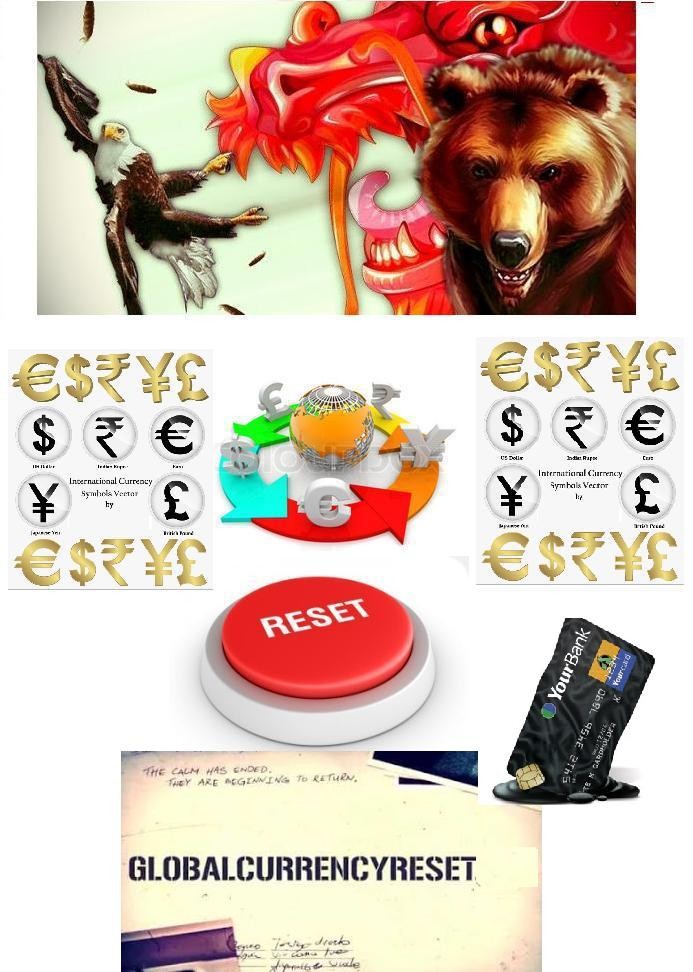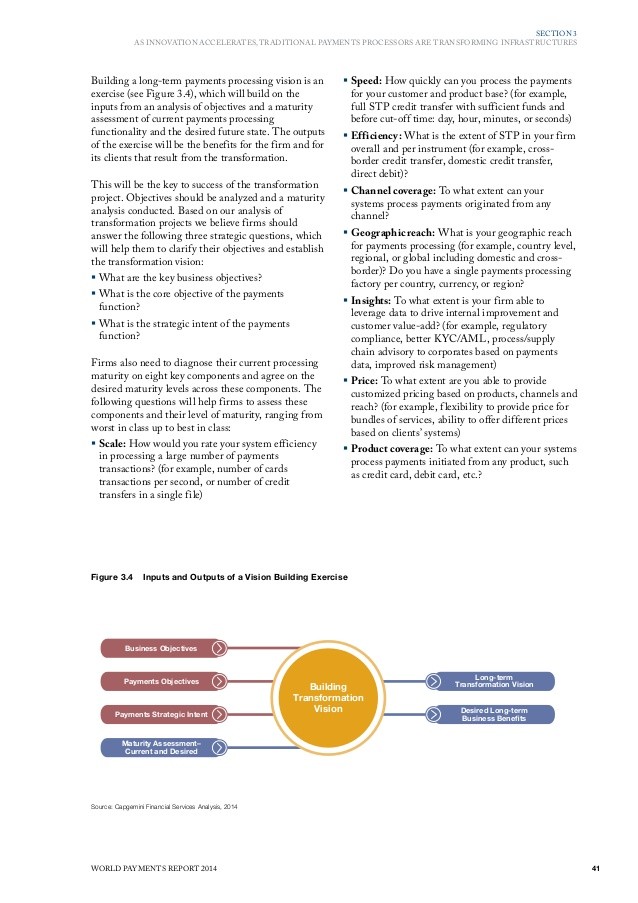Mutual Fund Trading Costs Go Unreported
Post on: 28 Июль, 2015 No Comment

Portfolio managers can rack up steep expenses buying and selling securities, but that burden isn’t reflected in a fund’s standard expense ratio
The Journal Report
In selecting mutual funds, most investors know to check the expense ratio, the standard measure of how costly a fund is to own. U.S.-stock funds pay an average of 1.31% of assets each year to the portfolio manager and for other operating expenses, according to Morningstar Inc.
But that’s not the real bottom line. There are other costs, not reported in the expense ratio, related to the buying and selling of securities in the portfolio, and those expenses can make a fund two or three times as costly as advertised.
These trading and transaction costs are very real, says Stephen Horan, head of professional education content and private wealth at CFA Institute, a nonprofit association of investment professionals. While it’s very important to look at that expense ratio, it’s just not going to capture all of the costs, Mr. Horan says.
One reason trading costs go unreported is their complexity, which leaves the fund companies in disagreement about exactly how to calculate those costs. Trying to quantify a fund’s trading expenses can be about as easy as performing brain surgery.
Fund firms on the whole aren’t clamoring to disclose more information about these costs. The Securities and Exchange Commission seems to revisit this issue every several years without much happening. And investors are left trying to piece something together from snippets of information disclosed in a prospectus or other materials.
The average investor can’t really even begin to get a strong grasp on these additional costs, says Richard Kopcke, an economist at the Center for Retirement Research at Boston College who co-wrote a recent study about fees and trading costs of mutual funds in 401(k) plans. There’s just not enough information. Not even close.
Even experts come up with some very different estimates. Mr. Kopcke’s study looked at the 100 largest U.S.-stock funds held in defined-contribution plans as of December 2007 and found trading costs for the funds that averaged from 0.11% of assets annually in the quintile with the lowest costs, to 1.99% of assets in the quintile with the highest costs, with a median of 0.66%.
A study updated last year of thousands of U.S.-stock funds put the average trading costs at 1.44% of total assets, with an average of 0.14% in the bottom quintile and 2.96% in the top. Expenses are one of the most important things investors can look at, says study co-author Richard Evans, an assistant professor of finance at the University of Virginia’s Darden School. We find that our estimates of trading costs are an important predictor of performance. While some trading actually adds value, Mr. Evans says, high trading costs overall tend to have a negative impact on performance. On average, $1 in trading costs decreased net assets by 46 cents in this study.
Mr. Horan, meanwhile, estimates that trading costs for stock funds total 2% to 3% of assets annually, though conservative estimates place them closer to 1%, he says.
Identifying Costs
What exactly are these costs?
There are four main components: brokerage commissions, bid-ask spreads, opportunity costs and market-impact costs.
ENLARGE
Elliott Golden
The brokerage commissions a fund pays to buy or sell securities are the simplest piece to understand. The SEC requires three years of brokerage costs in dollars to be disclosed in a fund’s statement of additional information. Putnam Investments, for example, reported commissions of $21.5 million for its Putnam Voyager fund for the fiscal year ended last July 31. Doing some math, that was equal to 0.69% of the fund’s $3.12 billion in assets on July 31, on top of a reported expense ratio of 1.26%. A Putnam spokeswoman notes that the fund outperformed its benchmark by 17.1 percentage points, net of fees and expenses, for that period. Commissions for that period were also higher than normal, due to a new manager and volatile environment, she says.
A few fund groups, including Brandywine Funds and Selected Funds, do the math for investors by quoting their commissions costs as a percentage of assets.
But the SEC doesn’t require commissions to be factored into expense ratios. The commissions only tell part of the story and so could be misleading, the SEC explained to Congress in a 2003 memo, and the agency has not revised this position.
Commissions typically make up less than half of a fund’s total trading costs, says Mr. Horan. The other three components are much harder to quantify.
Bid-ask spreads deal with the difference between the lowest price at which a seller is willing to sell a security and the highest price a buyer is willing to pay. The gap between them—usually associated with thinly traded securities—is the spread. At any given moment, for example, a security may have a bid price of $96 and an asking price of $100. Say a fund bought that security for $100, and the security’s value later rises. If the fund decides to sell the security when the asking price is $110 and the spread has stayed the same, the fund will only receive $106. The spread thus cost the seller $4. Over time, spreads can be a significant cost for a fund that does a lot of trading in less-liquid holdings, such as very small stocks.
Market-impact costs, and the resulting opportunity costs, are often the largest component of trading costs—as much as 1½ times brokerage commissions, says Mr. Horan. These costs occur when a large trade—say, unloading a big stake in a thinly traded stock—changes the price of a security before the trade is completed. Similarly, opportunity costs are when the impact of a trade inhibits a fund manager from filling an order on his or her desired terms, resulting in either a less-favorable price or fewer shares purchased or sold, says Steven Stone, a partner and head of the investment-management practice group at law firm Morgan, Lewis & Bockius.
Funds do factor these costs into their returns, just like the costs stated in the standard expense ratios. So why should investors try to quantify these costs? Because the higher the costs are, the more value the manager will need to add in his or her security selection and trading decisions to make the investment worthwhile compared with, say, a passive index fund. And when the costs are not all broken out for investors to see, it’s harder for investors to tell where that performance bar lies.
When a fund has high trading costs, that’s a higher hurdle to clear when coupled with the expense ratio, says Russel Kinnel, director of fund research at Morningstar Inc.
Debating Disclosure
Trading costs other than commissions aren’t required to be disclosed by funds. Trying to include all trading costs in the expense ratio, the SEC told Congress in 2003, could produce a number that is not comparable because it would be based on estimates and assumptions that would vary from fund to fund. Last week, an SEC spokesman said: We continue to analyze portfolio transaction costs as the agency focuses on enhancing disclosure to retail investors.
ENLARGE
Elliott Golden
At the fund industry’s Investment Company Institute trade group, Chief Economist Brian Reid said mutual funds work hard to quantify their total transaction costs. But there isn’t an agreed-upon methodology on how to quantify implicit transaction costs, such as market-impact costs. Thus, he says, requiring funds to disclose total trading costs would not provide adequate means for investors to compare trading costs across funds and could result in investor confusion.

In addition, quoting estimates in a prospectus can get into dicey territory, says Mr. Stone, the lawyer. A mutual fund has to stand by information in its prospectus. Factual information should be clearly and objectively established and confirmable, he says.
But Mr. Kinnel of Morningstar says that investors are really entitled to that information, and that some methodology should be developed. Not having a standard doesn’t mean it’s not worth doing and not worth coming up with one, he says.
For the past several years, Morningstar has been trying to develop a trading cost ratio to complement the standard expense ratio; there’s no date or timeline yet for when the project might be completed.
Meanwhile, a lot of fund companies pay trading-cost consultants to estimate their trading costs, says Mr. Kinnel, so it would be a piece of cake for those companies to make these estimates known to investors.
Not so fast, says Gus Sauter, managing director and chief investment officer at Vanguard Group. While many of the larger firms might attempt to do these calculations, making it mandatory would be almost impossibly difficult for midsize and small investment managers that can’t afford consultants, he says.
‘Turnover’ Clue
While you can’t find a fund’s total trading-related costs, you can get a clue from a standard and imperfect measure of how much trading the fund is doing, called turnover. Turnover, expressed as a percentage, shows at what rate stocks in the fund have been replaced. A stock fund that sold half its stocks and replaced them with an equal value in new stocks would have turnover of 50%. But in an extreme case, say there’s a fund that’s getting a lot of new money coming in from investors and it doesn’t have to sell anything to generate cash. The turnover rate would be 0%, even if the fund has been buying stocks, because it didn’t sell anything.
The SEC voted last year to require fund companies to disclose one year of turnover in the front of a prospectus, in the summary, in addition to the previously required five years of turnover disclosed in the financial-highlights section sometimes found near the back of the document.
Turnover of more than 100% can indicate trading costs may be on the high side, Mr. Kinnel says. In a Morningstar list of the 200 largest U.S.-stock funds, the funds with the highest turnover ratios were CGM Focus. at 504%, and American Century Equity Income. at 296%. Of the 32 funds that had turnover above 100%, 11 were from Fidelity Investments, topped by Fidelity Advisor Mid Cap. at 244%.
Officials of CGM Focus’s management firm, Capital Growth Management LP, did not respond to requests for comment.
American Century Investments product manager Shawn Connor says the Equity Income fund managers may buy and sell the same securities repeatedly when they believe them to be undervalued or overvalued. The company has sought to lower trading costs by using electronic trading systems and other means to lessen market impact, Mr. Connor says.
Fidelity spokesman Vincent Loporchio says there may be any number of factors impacting turnover during a given period, and turnover can vary over time.… As we have many large funds, it’s not surprising that we would show up frequently on a list like this.
Two other factors to consider in gauging a fund’s trading costs are size and style. Small funds usually aren’t big enough to move markets, Mr. Horan says. An exception is when the fund trades in a low-volume segment, such as for small stocks or a thinly traded international market. Large funds, too, incur higher trading costs when they delve into less-liquid areas such as small or microcap stocks.
Style comes into play in terms of bid-ask spreads, says Mr. Horan. Aggressive growth funds tend to have higher spreads [which increase costs], while income funds tend to have lower spreads, due to the types of securities in which they invest.
Ms. Prior is a reporter in New York for The Wall Street Journal. She can be reached at anna.prior@wsj.com .














